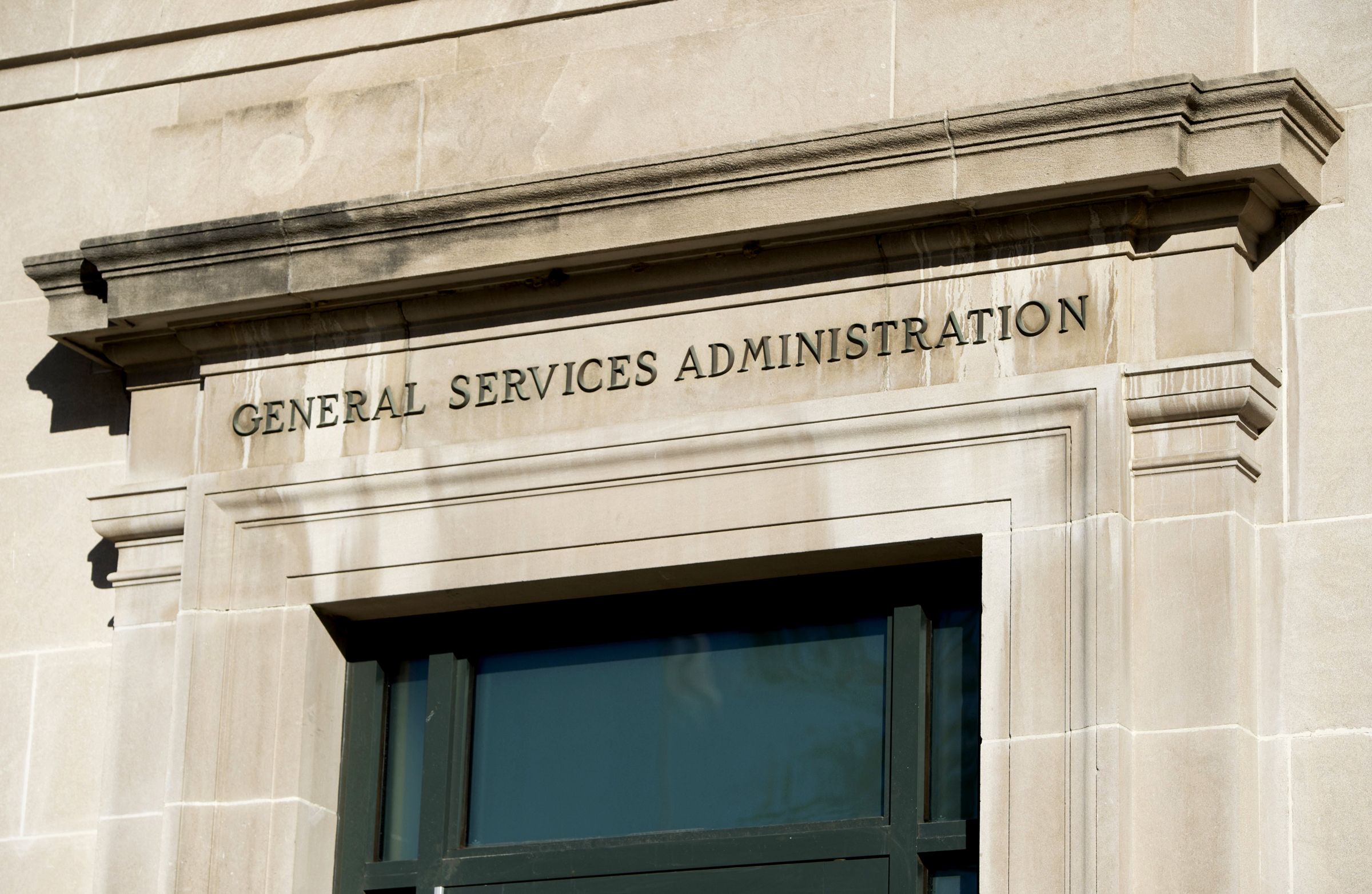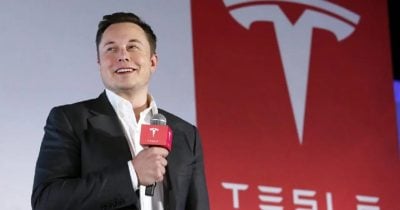On March 20, Stephen Ehikian, acting administrator of the General Services Administration, was asked a seemingly simple question during an all-hands meeting with staff: Who from the GSA worked for Elon Musk’s so-called Department of Government Efficiency? To Ehikian, the answer was far from straightforward. “D-O-G-E?” he asked, according to a video obtained by WIRED and sources with firsthand knowledge of the meeting. “You’re talking about DOGE?” Then he clarified: “There is no DOGE team inside of GSA.
“I’ve never seen a leader lose credibility in real time before,” says a current GSA employee. “It was like the ‘plummeting’ sound in a cartoon. We all see the team there. There’s an entire section of the building blocked off where they work.”
The GSA, which manages federal office buildings and IT, was an early DOGE target, with Musk-linked individuals swiftly infiltrating the agency after Trump took office. As the team began working out of the GSA headquarters in Washington, DC, the agency ramped up its physical security. A section of the sixth floor, which had previously stood open, was blocked by a guard and a door, which now requires a key card to enter. That is where Ehikian and the DOGE team work, according to current staff members.
In fact, at least a half dozen DOGE affiliates, including Musk’s top lieutenant Steve Davis and former Palantir intern Akash Bobba, are currently listed in the GSA employee directory and have GSA email addresses. All are tied directly to the administrator’s office, at the highest level of the GSA org chart. Two additional names with ties to Musk-owned companies recently appeared in the directory as well: Dave Malcher, who previously worked at SpaceX, and Raj Jegannathan, VP of information security and internal apps at Tesla. These names, and their association with the GSA, have not been previously reported.
The GSA and the White House did not immediately respond to requests for comment from WIRED.
The ambiguity around who is and is not DOGE starts with the fact that there are in fact two DOGEs: the repurposed US Digital Service, now known as the US DOGE Service, and a temporary organization within the US DOGE Service called, naturally, the US DOGE Service Temporary Organization, which is tasked with carrying out the DOGE agenda. In some cases, DOGE affiliates are hired directly into federal agencies. In other cases, they are detailed to those agencies temporarily.
Since Donald Trump retook the White House in January, people with ties to Elon Musk or his companies have popped up all over the federal government. Thomas Shedd, a former Tesla engineer, now leads the Technology Transformation Services. Michael Grimes, an investment banker at Morgan Stanley who helped finance the Twitter deal, is now a senior adviser at the Commerce Department. Even Ehikian, while not a DOGE employee, is married to a former designer at Musk’s social media company X and has taken up the mantle of cost-cutting, targeting 50 percent reductions in spend across the GSA. All appear to be carrying out Trump’s DOGE agenda, although they do not work for DOGE directly.
The question of who DOGE is has taken on an almost metaphysical quality as the organization’s mandate has expanded. According to Trump’s January 20 executive order establishing DOGE, every federal agency is required to create a DOGE team of at least four employees. (Ehikan’s claim that there is no DOGE team at the GSA may be technically true, but if so, the agency would seem to be in violation of the order.)
Those teams—some members of which are career civil servants and certainly not DOGE employees of any description—were originally tasked with carrying out DOGE’s stated mission to make the government more efficient. But subsequent orders, including a March 20 order to eliminate waste, fraud, abuse, and data silos, have massively widened the scope of DOGE’s work, leading one set of plaintiffs to allege that “‘waste, fraud, and abuse’ are not magic words, and they cannot conjure up a need to grant DOGE Team members on-demand access to Americans’ most sensitive and personal information,” according to a lawsuit filed by the AFL-CIO and other labor groups.
All of this means that the line between who is working for DOGE and who is enthusiastically doing DOGE is blurry at best.
Take DOGE affiliate and former Tesla employee Riley Sennott, who according to a recent Business Insider report was listed as a “senior adviser” at NASA and also appeared to work for the GSA. Sennott was listed as an “IT specialist” GS-15 employee on the GSA’s payroll at the time, WIRED confirmed. Sennott’s journalist father, Charles Sennott, published a column later that month in the Columbia Journalism Review explicitly stating that his son works at the GSA—not DOGE. “It is fair to say that Riley’s current work is part of a broad effort that the public has come to know as DOGE,” the elder Sennott wrote—but also argued that “the General Services Administration is not the same as Elon Musk’s self-proclaimed Department of Government Efficiency, or DOGE.”
A number of other high-profile DOGE team members, including Edward “Big Balls” Coristine, Ethan Shaotran, Nicole Hollander, Jeremy Lewin, Luke Farritor, Kyle Schutt, Nathan Cavanaugh, Justin Aimonetti, and Ashley Boizelle, were listed on the GSA payroll at the time Ehikian made his comments at the March 20 all hands, according to documents viewed by WIRED. (Coristine, Shaotran, Hollander, and Farritor are listed as having salaries of $0, while the others collect from $120,000 to more than $150,000 annually.) Sara Sami, the president of an HR consultancy serving federal agencies, says this doesn’t necessarily confirm that they work within the agency, since the GSA processes payroll for other agencies and committees. “They could be classified as DOGE employees, but their pay could be run through the GSA,” she says. GSA employees can also be detailed to other agencies.
Still, GSA employees say they see DOGE affiliates in the office every week. WIRED has confirmed sightings of Coristine, Shaotran, Farritor, Cavanaugh, Gavin Kliger, and Marko Elez over the past few months.
“They’re young tech bros walking around together,” says a current GSA employee. “It’s obvious who they are,” agrees another.




